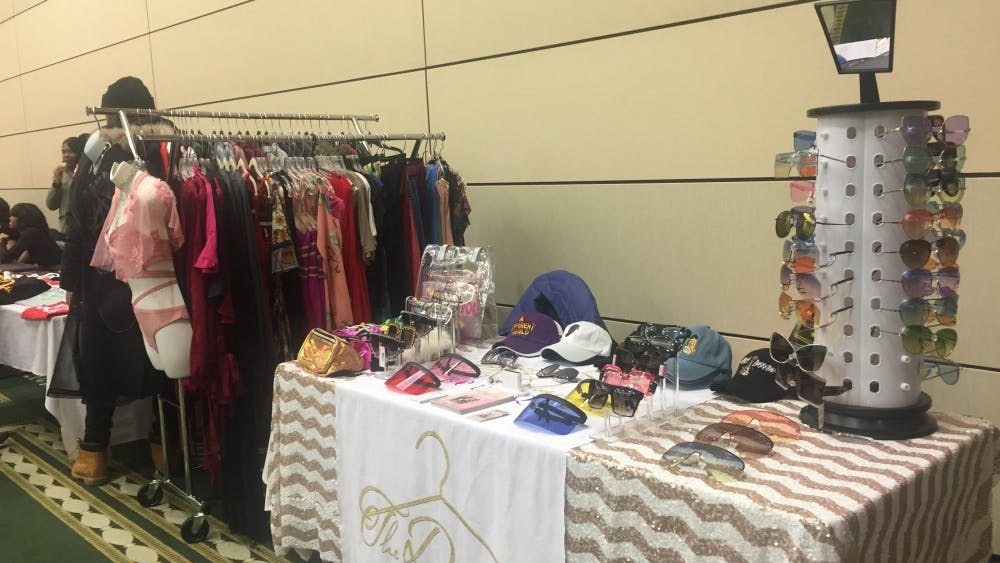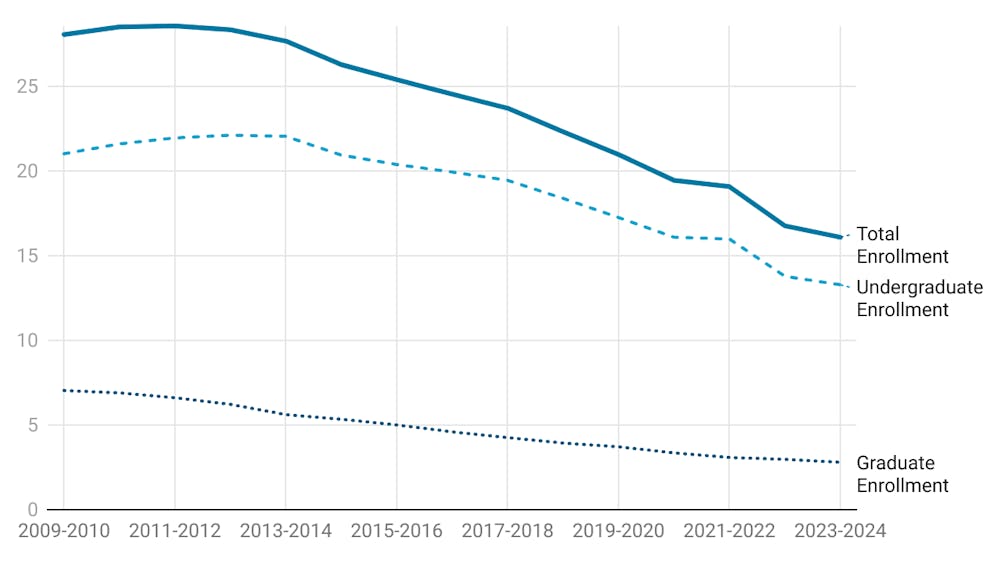A little over three years ago, I penned a column for this fine newspaper about Drake’s impact as a recording artist. At the time, the Toronto, Ontario native was almost by himself reshaping hip-hop culture domestically, as well as abroad. The introduction of his third studio release “Nothing Was the Same,” had just been announced, following the conclusion of the 55th Grammy Awards in Los Angeles back in February 2013. He'd taken home the award for Best Rap Album for the previous year’s “Take Care,” his sophomore magnum opus release and nothing short of a “classic album” in an era that doesn't produce a whole lot of them.
These days for Aubrey “Drake” Graham, it's a marathon not a sprint, and upon first listen to his recently released album/playlist “More Life,” it's apparent that the kid from Weston Road is going to be running in the race for some years to come.
The ambitious, lengthy, yet fascinating album released Saturday March 18 speaks to Drake’s burning desire to notify the pop world. Even when music’s highest institution like the Recording Academy failed to recognize him as one – the mostly sung “Hotline Bling” was nominated in two categories at the 59th annual Grammys back in February – Drake is without a doubt a pop icon, and quite possibly the biggest in the new millennium (word to Justin Timberlake).
On this project, the self-proclaimed “6 God” rhymes and also croons with moxie and a hunger to prove critics and haters wrong. He strives to affirm himself within the pop strata of artists who are his peers who have reached marquee status: Beyonce, Rihanna, Lady Gaga, etc., and with the exception of the latter, those artists have failed to be recognized outside of the urban markets for the majority of their respective careers. When they are deemed pop, they don't win (Beyonce losing Album of the Year to Beck in 2015; Beyonce losing to Adele in 2017), and it seems like they never stood a chance. The last black solo artist to win the Grammy for AOTY was Herbie Hancock back in 2008. The last black female solo artist to win the same award was Lauryn Hill for her groundbreaking album “The Miseducation of Lauryn Hill.”
It would be fitting to say that there is a potential glass ceiling for black artists and if that includes megastars such as Queen Bey, Ms. Hill and the lot, Drake would ultimately fit in with this mold too. But with projects like this one, he's waving a middle finger to the Academy and creating his own lane, not international wave riding like he's being accused of. Drake is simply paying homage to the international scenes such as UK grime, reggae and dancehall, which sounds are all prevalent on the long player (LP). The title “More Life,” is in fact Jamaican slang for wishing someone well, coined by legendary Jamaican dancehall artist Vybz Kartel.
With 22 tracks on the album, and clocking in at just north of 81 minutes, the album is at times a bit bloated. Filler tracks such as, “Nothings Into Somethings”, “Madiba Riddim” and the first single “Fake Love” should have been left on the cutting room floor. With that said, He's cultivated a renewed creative vision on such tracks as “Portland” which features Quavo from the Migos, and an actual intelligible and well crafted verse from Atlanta’s own Young Thug, “Free Smoke” and “KMT” featuring rising UK sensation Giggs.
After the initial hype and subsequent disappointment that surrounded his fourth album, “Views,” Drake needed to take a different approach and create some room for improvement. It's actually ironic that arguably his weakest project out of his whole discography would go on to break sales records in 2016, being the first album to hit the one-billion streams on Apple Music. However, it was a featherweight, uninspired rehash of his previous work. On “More Life,” Drake has taken the hits, crafted a solid defense, and is ready to take aim at the rest of his opposition, at least the ones whose careers aren't already stalled (sorry Rahmeek). The 6 God continues his reign over the Kingdom of Bronx River. (Bronx NYC was where hip-hop was intercepted in late 1970s).









